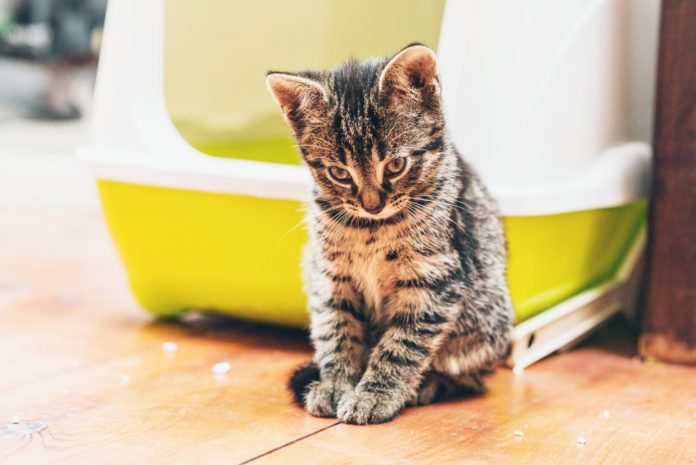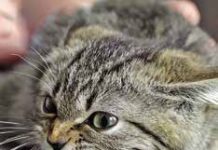ysbrand | DepositPhotos
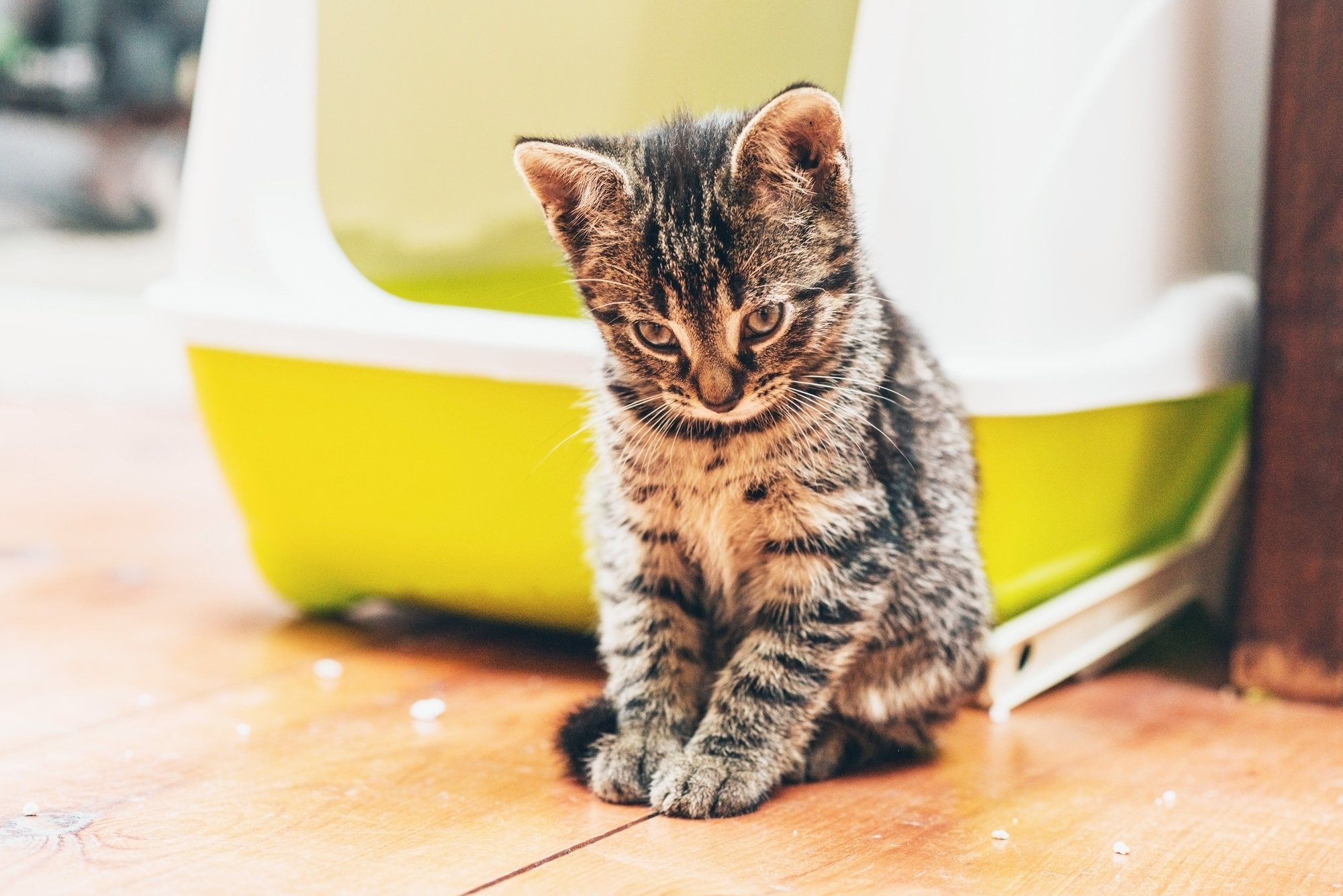
A beloved family cat who becomes incontinent can raise the household stress level immeasurably. After years of dutifully using the litter box, your cat seems to go wherever she is. The truth of the matter is that she’s not happy about it either.
Incontinence includes both bladder and bowel problems. True incontinence means that your cat is unaware of the fact that she is urinating or defecating or is incapable of stopping the action when it is inappropriate. So, while diarrhea and urine marking may seem like incontinence, in most of those cases your cat is aware of what is happening.
True incontinence can have neurologic causes:
-Cats with tail deformities and some Manx cats may lack nerves that control the urinary and bowel sphincters.
-Sphincter nerves can be damaged by trauma.
-Tail injuries usually include some nerve damage, which may be temporary or permanent.
-A chronically full bladder can become stretched and lose some nerve tone, leading to accidents.
Narrow Down the Reasons
There are other reasons cats can lose control, too. A kitten with severe diarrhea may be truly unable to get to the litter box in time. Very pregnant queens may also have problems with urination and defecation due to the full uterus pushing on the bladder or bowels.
At the other end of life, some senior cats may become senile and lose control of bladder or bowels. Families often tell veterinarians their cat gets up from a nap and leaves behind some stool or a puddle of urine. This problem may be helped by providing plenty of easy-access litter boxes throughout the house, so your cat has frequent reminders and an easy way to properly relieve herself. You could also line favorite sleeping spots with puppy pee pads.
Obese cats may leak urine—both as a single problem related to their weight and/or due to diabetes. Diabetic cats tend to drink more water than normal, and therefore have to urinate frequently. Overweight cats may have trouble with bowel movements as well. However, heavy cats are more likely to be constipated than fecally incontinent.
Many cases of feline urinary incontinence can be traced back to problems within the urinary tract itself, such as kidney stones, bladder stones and crystals, and bladder infections. These problems can lead to urinary blockages with no urine being passed, however, prior to these developing, many cats will appear to be incontinent.
Crystals, stones, and infection can all lead to blood in the urine from irritation to the bladder wall. Along with the irritation comes the urge to urinate frequently. You may notice your cat simply stop wherever she is to squat and pass small amounts of urine. She is aware of this, so it is not “true incontinence,” but the result is the same.
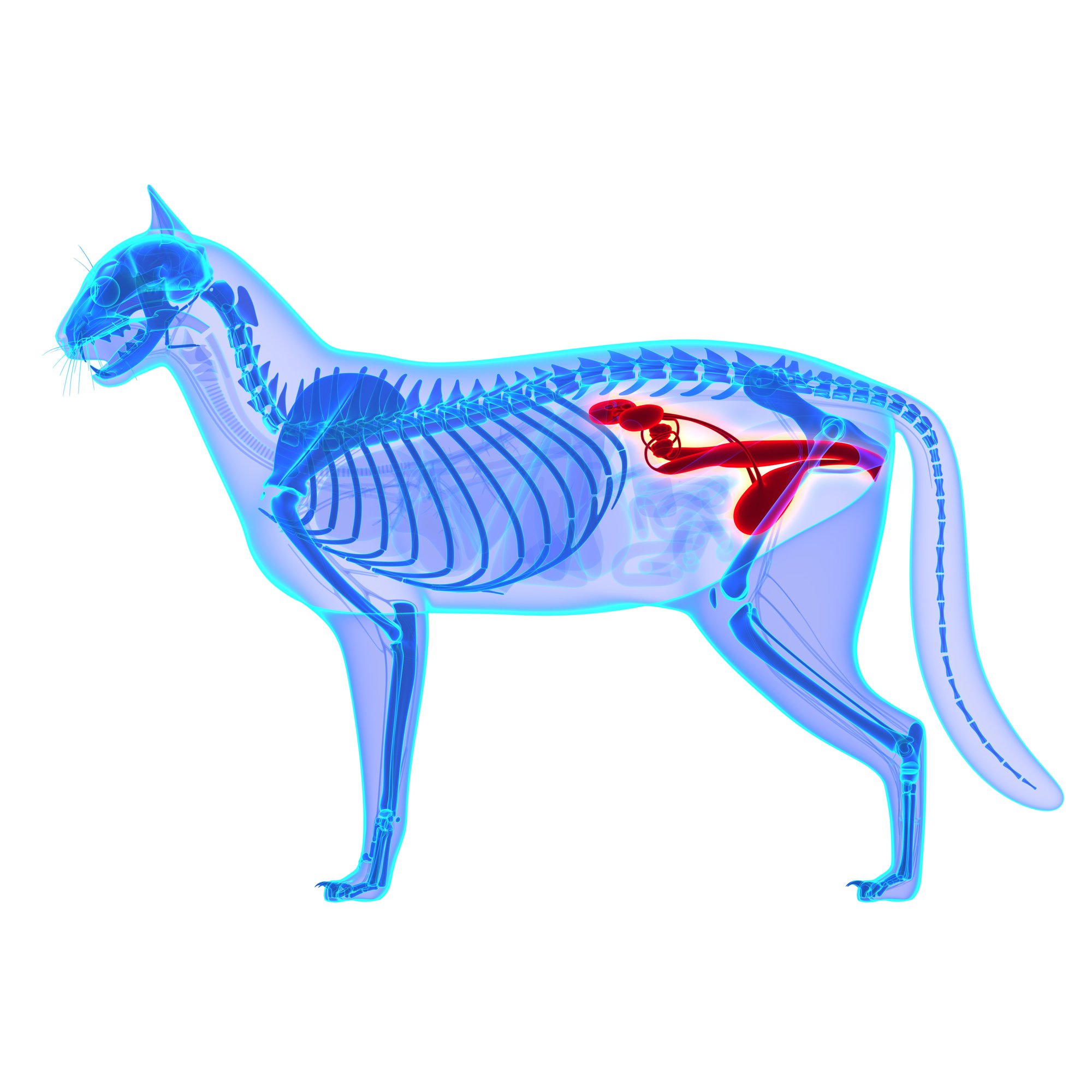
Gain Control
A plan for dealing with urinary and/or fecal incontinence depends on the cause. If your cat has known trauma to the hind end, be prepared that incontinence may follow. Many cats will recover bladder and bowel control, but it can take time and dedication on your part. In the meantime, it may work to set up a large, comfortable crate with a litter box for your cat, also lining the crate with washable or disposable pads. Follow veterinary instructions carefully as to how to empty the bladder (if needed). Take care to keep your cat clean to prevent urine scald (see sidebar, below).
Kittens with incontinence need to be worked up medically, including searching for unusual anatomic defects, such as ectopic ureters. (An ecoptic ureter is one that runs from the kidney and attaches to the bladder on the “far side” of the muscle sphincter that controls urination. Since it is past the sphincter, urine may dribble out almost any time.) You may notice small puddles of urine or urine scald with irritated skin.
Common causes of irritated skin, such as diarrhea, are often easily resolved, but anatomic defects may require surgery. To truly identify an ecoptic ureter, special contrast radiographic studies or even exploratory surgery may be needed. Surgery can be curative for these cases.
With senior cats, consideration must be given to doing a medical workup. Diabetes and cognitive disorders could present as incontinence issues. Medical therapy can often help to control, but not cure, the incontinence in these cases.
Affected cats will need a full urinary-problem workup, including a urinalysis as well as radiographs and bloodwork. An ultrasound may be beneficial. Clearing up the urinary-tract problem may end the incontinence.
Middle-aged and senior cats also need to be thoroughly examined for any signs of cancer. Various types of cancer may interfere with urination or defecation. Lymphoma is one of the most common, but other types of cancer can also do this.
Bladder cancer, although uncommon in cats, can lead to urinary incontinence or urinary blockage, depending on the exact location of the growth.
Cats infected with feline leukemia virus sometimes suffer from a lack of urinary control, usually dribbling urine while napping (males more than females). Chemotherapy is reported to help in many of these cases.
Last, but not least, it is important to determine if the incontinence is a true lack of control or if you are observing behavior problems. Cats may eliminate outside their litter boxes if they are marking, are anxious about other cats or changes in the household, or have problems with the litter box itself. Litter-box problems can include a change in litter, moving the litter box to a less desirable (in your cat’s eyes) location, or a new box that your cat is not comfortable with. Older and arthritic cats may need boxes adjusted to be more accessible—shorter sides or an easier-to-reach location.
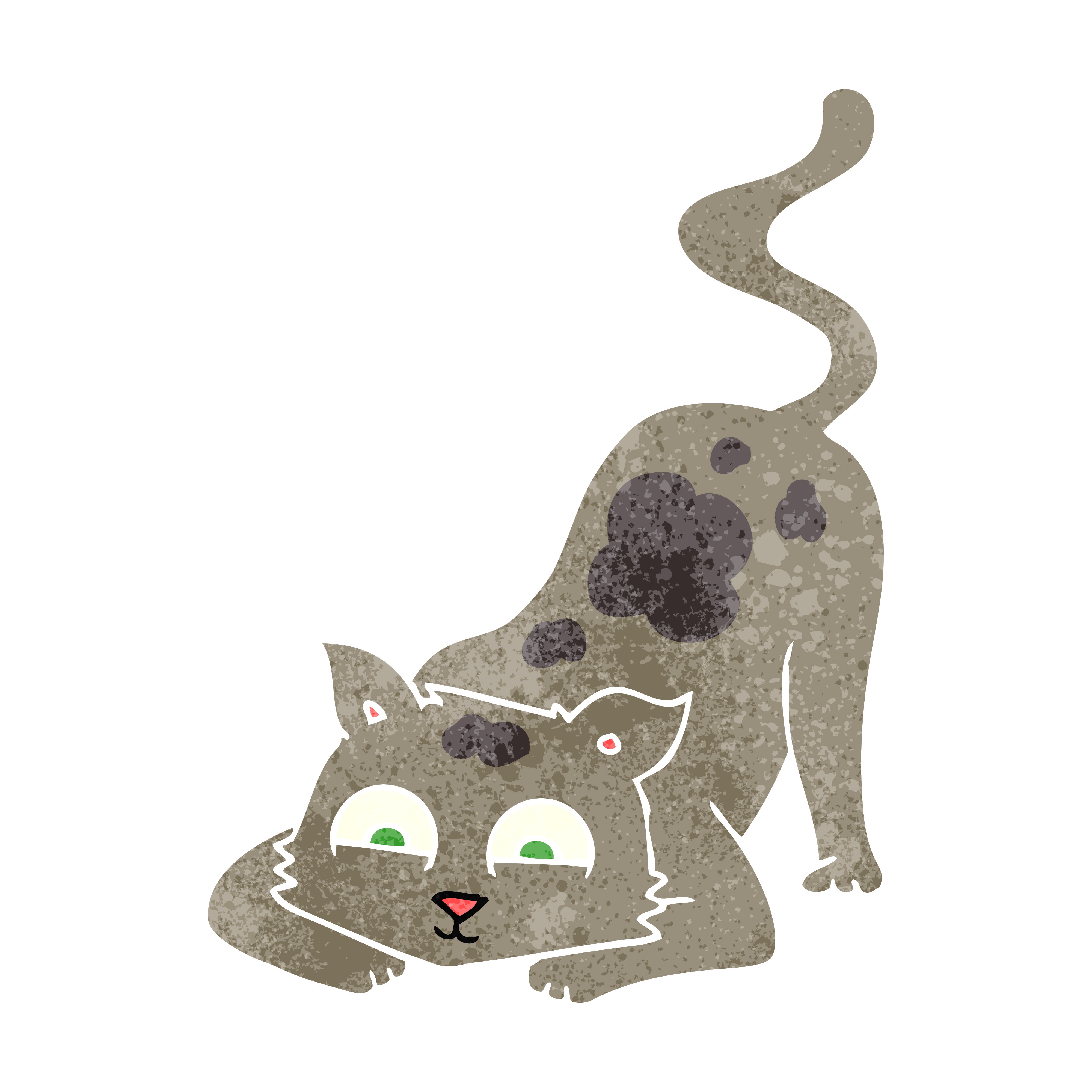
Urine Scald
These red patches of skin are irritating and require treatment
If you see evidence of urine scald—red, sore patches around the urethra and/or anus—clean the area thoroughly with a damp cloth. Once you know the area is clean, protect her skin with a thin layer of petroleum jelly. If the area appears inflamed, triple antiobiotic can be used prior to the protective petroleum jelly. Although diaper-rash formulas sound like a great solution, they’re not the choice for cats because they inevitably lick off anything you place on their skin. Most diaper-rash formulas include zinc oxide, which is toxic to cats.

